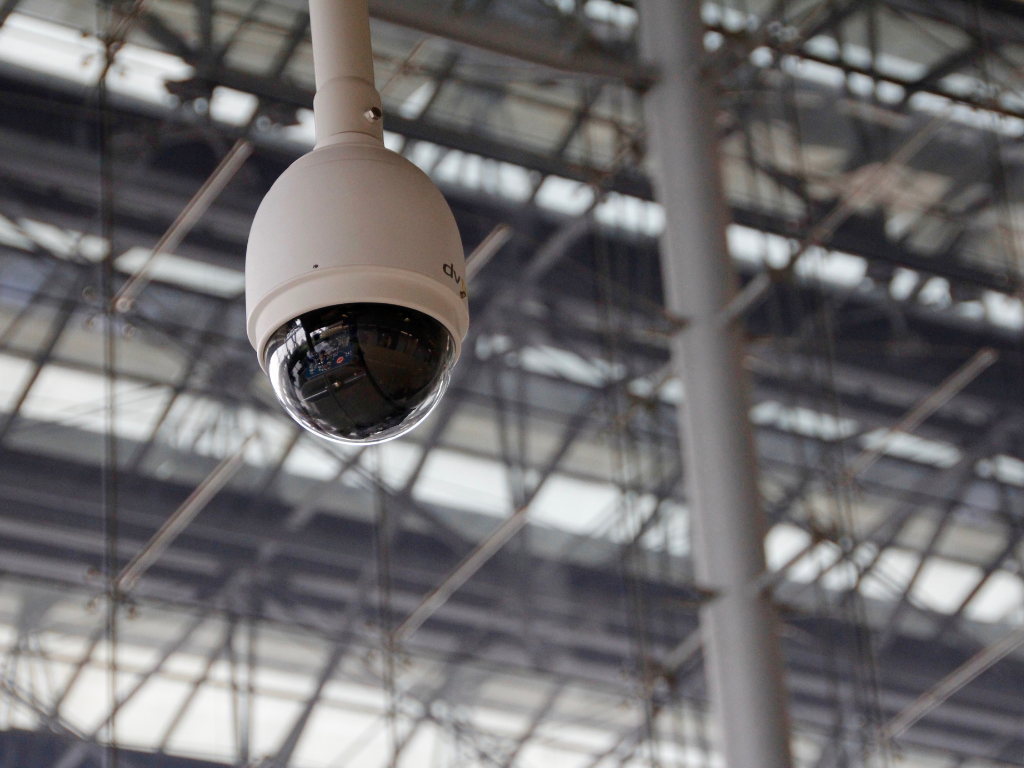Must-Know Trends for All Electronic Security and Life Safety Professionals

The start of 2021 seems to have the same feel as the end of last year with masks still mandated, required social distancing, closed businesses, remote working and an overall slow reopening of states — although some are opening faster than others, for example, Texas. Because of this, professional electronic security, life safety and fire integrators need to know, understand and implement pertinent industry trends to sustain and experience growth as the year progresses.

The following is a quick reference list of residential, commercial and fire trends:
Residential
Major players focusing on residential and small-medium businesses (SMB) with easy-to-install, easy-to-use products, some with a professional dealer network for installations. (Look at Ring and Amazon’s dealer network model for examples).
New technologies = more plug-and-play making them less dependent on integrators. It is critically important to embrace and understand all new technologies in the electronic security and life safety space as consumers place value on professional advice and installation of these technologies.
Expect a continued — and likely increased — use of installed technology and the purchase, installation and use of new or upgraded technology to stay connected, protected and safe within the home environment as people spend more time there.
Increased importance and power of video and other connected devices as consumers increasingly focus on data to make proper decisions about safety, security, verification and connection. (Quick Tip: Help residential customers by offering additional technologies that enhance video and produce valuable data to stay relevant and potentially increase ROI/RMR).
Use of alternate communication to monitor security systems. For example, because consumers seldom respond to Caller ID numbers they do not recognize, text messaging will grow as a new communication method in addition to relying on virtual assistants to communicate with smart homes.
Use of different one-on-one communication styles for continued and increased sales. Show customers you truly care about them, not just making a sale, by allowing them to choose the type of consultation — in-person, on the phone, via Zoom or other methods the consumer is comfortable with — actively listen, show empathy and then solve their concerns with your products and/or services.
Open ecosystems and interoperability continue to be important. Consumers are buying based on their wants, not necessarily their needs, so offer services that consumers cannot imagine living without that connect and work together seamlessly on a single platform.
For more detailed information about residential trends and how you can incorporate them into your business, read ESA’s article “Getting Real about Residential in 2021.”
To learn how to work with IPs, understand routers, network types, and general troubleshooting, view ESA’s Residential Networking Basics course.
Commercial
Cloud-based services will grow massively.
Small camera and access control with low production dollars will grow.
Consolidation will force people into a retirement situation, based on multiples being squeezed, but it also opens opportunities as this space adjusts to work-from-home with increasing demand for integration of technologies — such as contactless controls, visitor management and camera analytics.
Commercial end user purchasing habits based more on need, which is opposite to that of residential end users. End users identify problems in the commercial space and actively seek out solutions.
Integrators need to be proactive in educating commercial end users about technologies/solutions to enable safe return to work via upgrades or new installations.
Access control and CCTV projects will continue to grow. Focus on virtual assistants and connected devices to create smart surveillance solutions.
IoT will play a huge role in achieving remote monitoring. This will become a larger revenue source, but with increased cybersecurity concerns.
Attracting, recruiting and retaining skilled talent within the industry is still a burden. Be sure to check out the Foundation for Advancing Security Talent (FAST), a non-profit organization designed by ESA in partnership with SIA to promote careers in our industry by connecting professionals with new opportunities. Also, ESA recently launched online security technician assessments to help make smarter hires.
For more detailed information about commercial trends and how you can incorporate them into your business, read ESA’s article “Comments on Commercial in 2021.”
To learn more about the technical fundamentals of installing commercial surveillance systems, view ESA’s Video System Technologies course.
Fire
Business openings will increase, and new construction will take place with fire being a “must purchase” solution, since fire safety is regulated by codes, standards and AHJs.
Inspections of already-installed equipment, showing consumers helpful upgrades and consumer fire education are huge opportunities for additional revenue and RMR.
Average system cost and inspection rates will increase as code enforcement officials are becoming more educated about proper application and fire alarm system requirements.
Increased industry effort in upgrading fire devices because of 3G cellular technology sunsets.
5G, IoT and the continual evolution of hyper-connected smart devices will bring the biggest changes to the fire industry.
For more detailed information about fire trends and how you can incorporate them into your business, read ESA’s article “Focus on Fire in 2021.”




